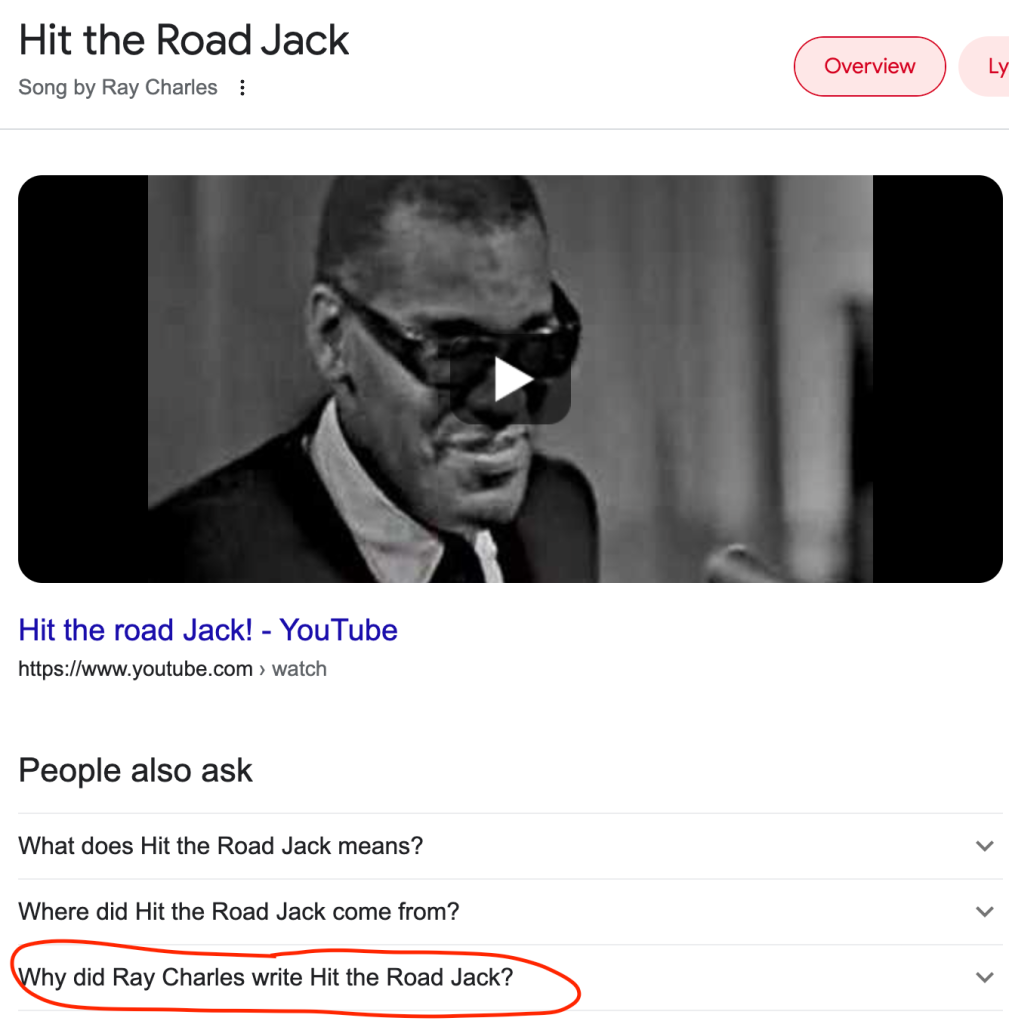I must admit to something that truly bothers me. When I hear people (online or in person) talk about a song, they mention the person or band who is best known for performing it, but not the person or people who composed the music and the lyrics. For example, people talk about Elton John’s “Tiny Dancer”, failing to mention Bernie Taupin, the songwriter. Taupin wrote and co-wrote many hits for and with Elton John. Or how about Diane Warren, whom you might know from “Sweet”, sung by Jon Batiste and Pentatonix. One might say, “I love that song by Celine Dion from ‘Up Close & Personal'”. Yes, except it was sung by Celine Dion. Diane Warren wrote it, and she won a Grammy for it.
In 1982 George Merrill and Shannon Rubicam formed a pop duo called Boy Meets Girl. The had a hit with “Waiting for a Star to Fall” that reached no. 5 on Billboard’s Top 100 in 1989. However, their biggest success came from writing for other artists, particularly Whitney Houston. “How Will I Know” and “I Wanna Dance with Somebody(Who Loves Me)”. Houston also performed songs by Dolly Parton and Michael Masser and Gerry Goffin (“Saving all My Love for You“). It’s not surprising when you consider this is not limited to pop music. Percy Mayfield wrote a song titled “Hit the Road Jack”, first recorded by Ray Charles. Mayfield stopped performing after being disfigured in a terrible crash in 1952, but he kept writing songs, thankfully.
“Why did Ray Charles write Hit the Road Jack?” Well, Ray Charles didn’t write it, to start with. People are pretty lazy when it comes to getting the information right. They hear a song and think that it began and ended with the artist who recorded it. They don’t consider the teams of people, from the songwriter and/or composer, the studio musicians, backup singers, to the sound engineers and producers that made it all happen. Most of the time listeners don’t even know who’s performing a song. That just irritates me. Maybe I’m a snob. But the other day I watched a reaction video on YouTube about the 1988 film “Scrooged“. The couple in the video said they recognized the name Scrooge as a Disney character. To make matters worse, they had no knowledge of the phrase “Bah Humbug”, nor did they know who Charles Dickens was. They did not understand any of the “Christmas Carol” references, like the appearance of the ghosts or the long-suffering clerk (or secretary, as the case may be).
I wonder if the writers of all those hits ever got over the fact that people don’t know their names. Of course it helps when you get paid. Charles Dickens was kind of a celebrity back in the 19th century, actually. He was pretty famous at the time, and he toured the US performing public readings. Readers knew who he was, and they actually read. I think modern audiences either don’t care, or they aren’t presented with all the information. Pop music did that to us. Now we say things like, “that song by Whitney Houston”. (Well, we don’t say that now, but you know what I mean.)







